An
Interesting Howell
Part of my volunteer activity at the Museum is working in the
office of the registrar, Jean
Banker, helping to identify, describe and catalogue the mostly untouched but
extensive collection of hand tools that has been long stored away here. As you
would guess, the collection is composed mainly of coopers', shipwrights' and
blacksmith-made tools originating in the 1800s when whaling was the major source
of oil in this land.
One of the tools laid out for me a few weeks ago was
a craftsman-made “howell.” Coopers used these specialized wooden planes for
cutting a wide, shallow depression below the inside ends of the staves in order
to receive the heads of the cask. This howell was a fairly small one, built to
work a cask head diameter of about 14 inches. An interesting (and unusual)
feature of it was a handle on the top; lathe-turned from a piece of boxwood. My
sense was that this was a handle "borrowed" from another tool.
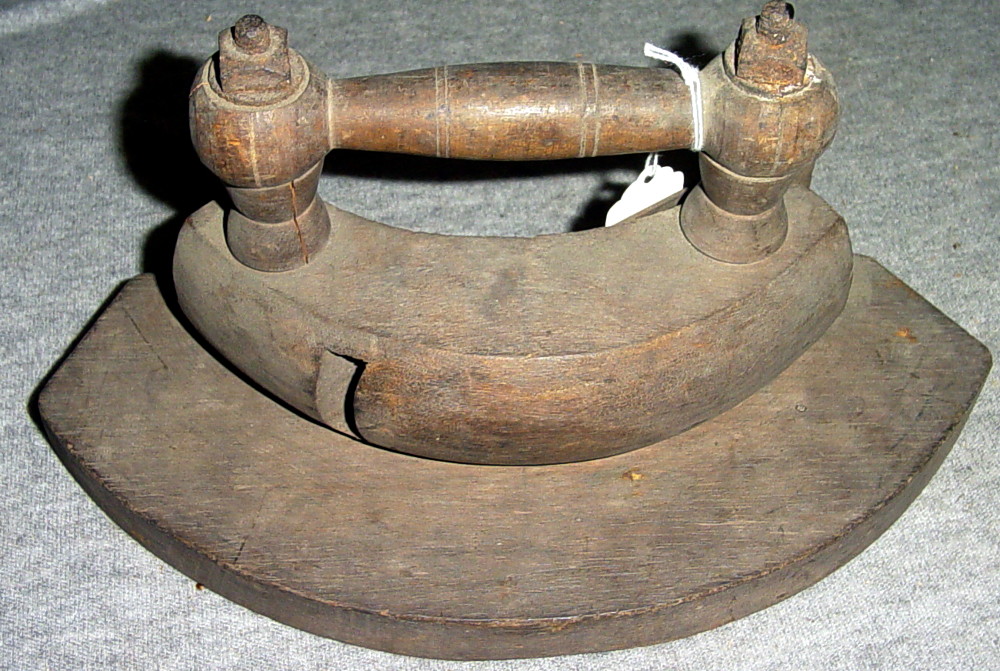
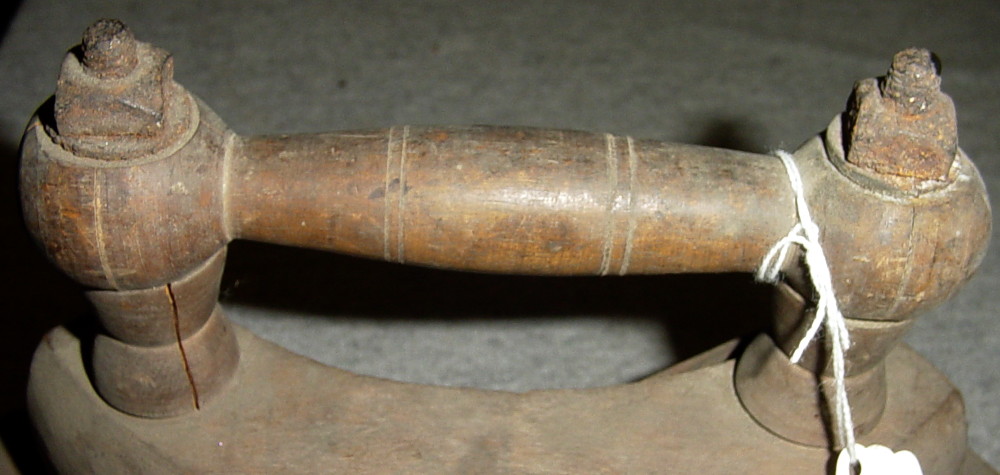
On
turning the howell over, the underside had a label affixed to it stating that
this tool had been made by José Correia, cooper, while on the brig "Daisy,"
during its cruise to South Georgia in 1912. Wow! Did the bells go off in my
head!
Over
twenty years ago while researching a book on the natural history of the
Antarctic Peninsula, I’d gleaned lots of valuable information for the chapters
on birds from a two volume, "Oceanic Birds of South America," written by Robert
Cushman Murphy.
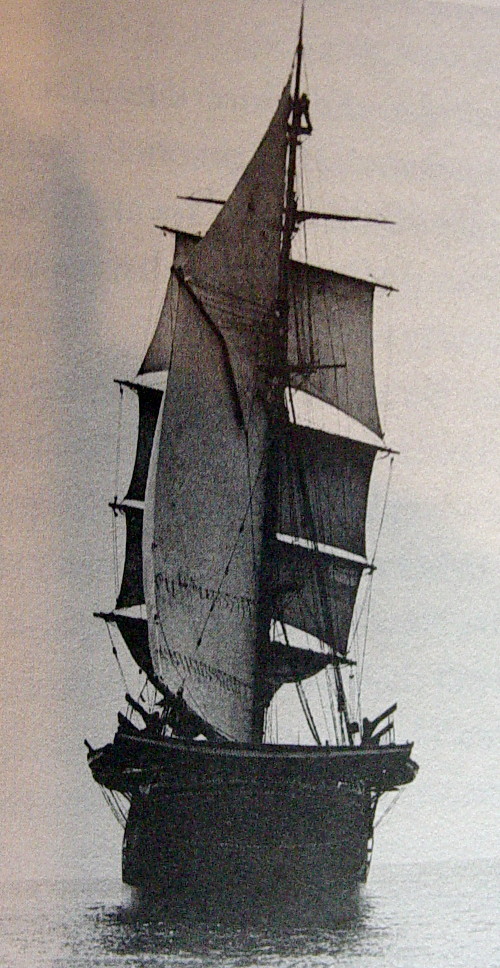 Murphy
was to achieve eminence as an ornithologist working at the American Museum of
Natural History in New York, but in 1912 he was a young man, just graduated from
Brown University. He shipped out on the Daisy, only 4 months after his
marriage, for a voyage on this sealer/whaler that was to last over a year. This
was the voyage on which José Correia made this howell. Murphy’s purpose was to
collect zoological specimens for the American Museum of Natural History in New
York and to gather information on the sea birds of the South Atlantic. In
addition to his "Oceanic Birds" volumes, Murphy later published a more personal,
"Logbook for Grace" (of which I own a signed copy). This was a distillation of his experiences on the Daisy,
written as a memoir for his wife (Grace) at home, and contains a wealth of
interesting details about how whalers and sealers went about their business.
Murphy also published a later book, "A Dead Whale or a Stove Boat" in 1967 that
featured photographs taken by him on the 1912/13 voyage of the Daisy. A
further relevant account of this voyage, "Ambassador to the Penguins," was
written by Murphy's granddaughter, Eleanor Matthews, and was published in 2003
(David R. Godine, publisher, Boston). It is largely based on Murphy's
handwritten journal on the voyage, with information that was not used to write,
"Logbook for Grace."
Murphy
was to achieve eminence as an ornithologist working at the American Museum of
Natural History in New York, but in 1912 he was a young man, just graduated from
Brown University. He shipped out on the Daisy, only 4 months after his
marriage, for a voyage on this sealer/whaler that was to last over a year. This
was the voyage on which José Correia made this howell. Murphy’s purpose was to
collect zoological specimens for the American Museum of Natural History in New
York and to gather information on the sea birds of the South Atlantic. In
addition to his "Oceanic Birds" volumes, Murphy later published a more personal,
"Logbook for Grace" (of which I own a signed copy). This was a distillation of his experiences on the Daisy,
written as a memoir for his wife (Grace) at home, and contains a wealth of
interesting details about how whalers and sealers went about their business.
Murphy also published a later book, "A Dead Whale or a Stove Boat" in 1967 that
featured photographs taken by him on the 1912/13 voyage of the Daisy. A
further relevant account of this voyage, "Ambassador to the Penguins," was
written by Murphy's granddaughter, Eleanor Matthews, and was published in 2003
(David R. Godine, publisher, Boston). It is largely based on Murphy's
handwritten journal on the voyage, with information that was not used to write,
"Logbook for Grace."
Brig "Daisy"
In "Logbook for Grace" Murphy pays homage to the ship's cooper,
José Correia, as one the most intelligent and resourceful seamen on the Daisy.
Corriea was a friend and companion of Murphy during his explorations of the
fjords and glaciers of South Georgia. He remarks about Corriea's use of a "hand
lathe" to fashion clubs for the other members of the crew to use in dispatching
the sea elephants that were a source of oil to fill the casks that the cooper
put together. Based on this, I have to re-evaluate the idea that the boxwood
handle on the howell was cobbled from another source. More than likely, José
Correia turned this handle on the Daisy.
In
the world of scrimshaw there is an ongoing debate about the origin of lathe
turned elements on some of the pieces. The decorative cups and finials of
swifts (yarn winders), for example are clearly lathe turned. The question
is, were lathes available on board whaling ships that were capable of making
these objects while at sea? Well, at least in 1912, we know that they
were.
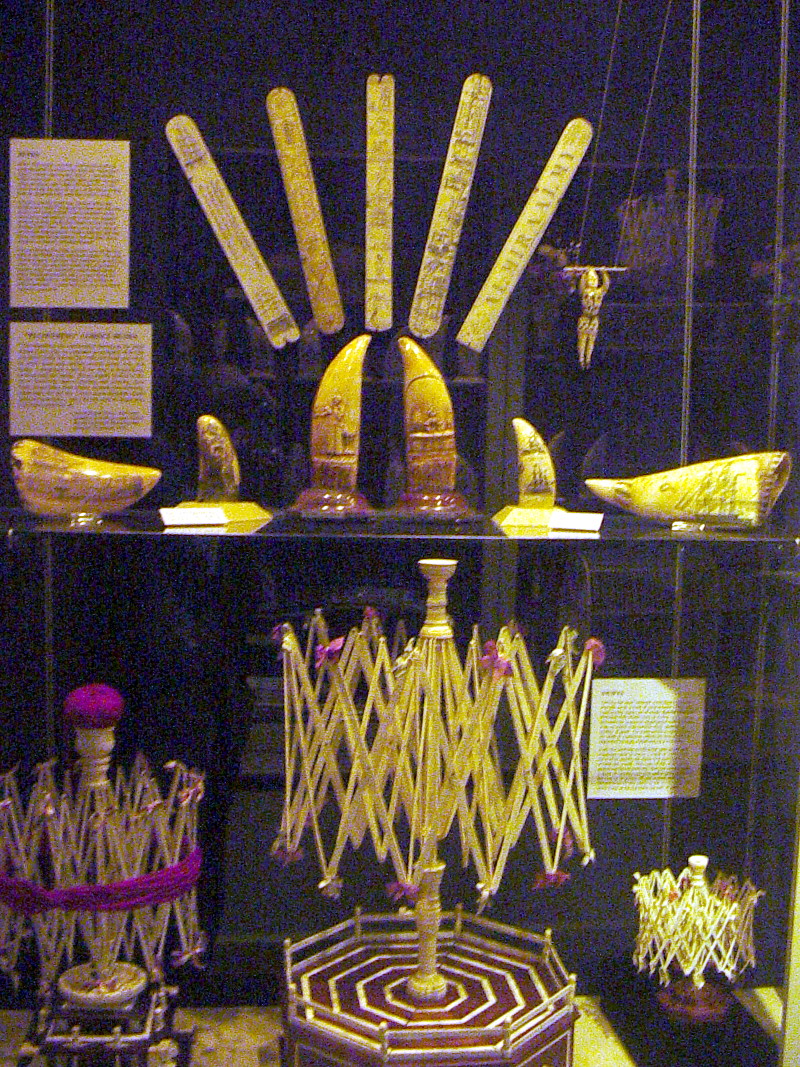
Three Swifts (bottom) showing
lathe-turned finials and bases
So,
for me, this hand crafted tool becomes an object of veneration. It is a
physical link between Murphy, one of my biological heroes, and the historical
whaling period of the 19th and early 20th centuries. Moreover, we know a good
bit about José Correia. There are pictures of him preserved the Whaling Museum
Library, and he died only about 60 years ago, in 1955.
In the later book by Matthews we learn that Correia
was such a favorite of Murphy's that he taught
José
how to preserve and mount the study skins of
the birds that he collected while on South Georgia. Indeed, Correia became
so proficient at this, that following the voyage, Murphy stayed in contact and
ultimately prevailed upon the American Museum of Natural History to hire
José as a preparer of bird skins. There is a
picture of Correia in Matthews' book showing him preparing a skin for the museum
on "a later voyage."
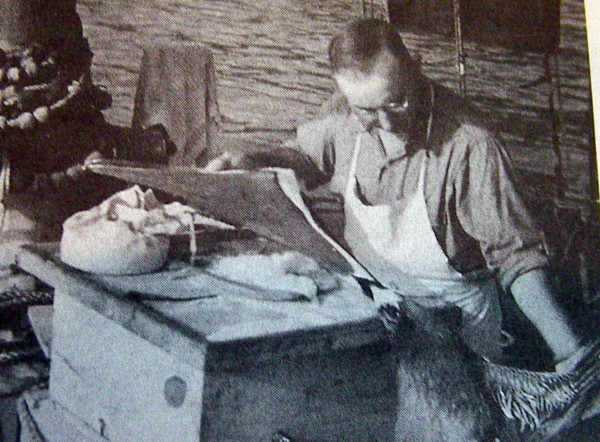
As a
footnote, the Daisy was brought into the WWI effort after her last whaling
voyage in 1912/13. Carrying a load of dried beans to Europe in 1916, she sprung
planks while sailing in the eastern Atlantic and the influx of water caused the
beans to swell, literally blowing the brig apart.
What a story this simple tool has to
tell!